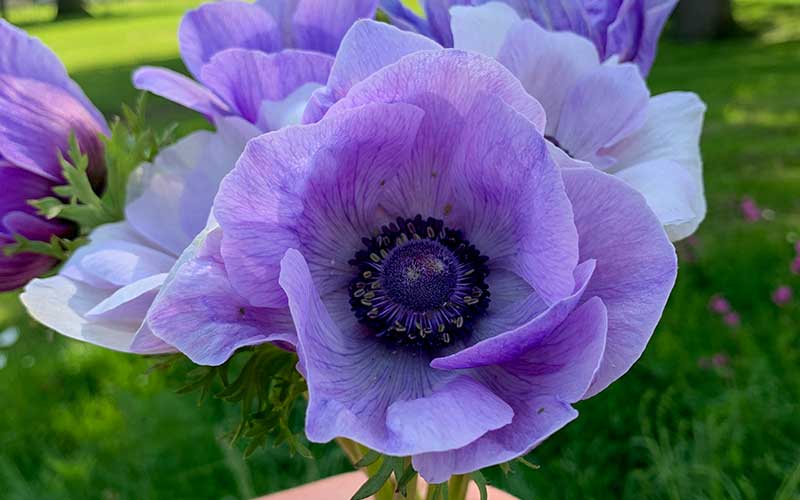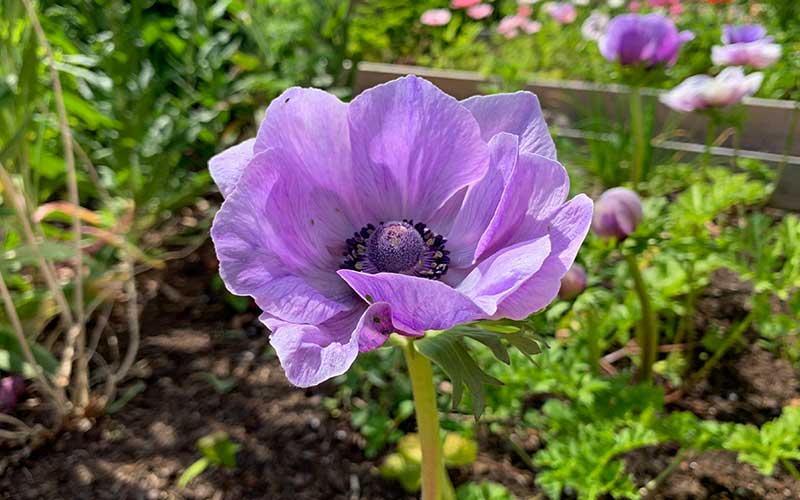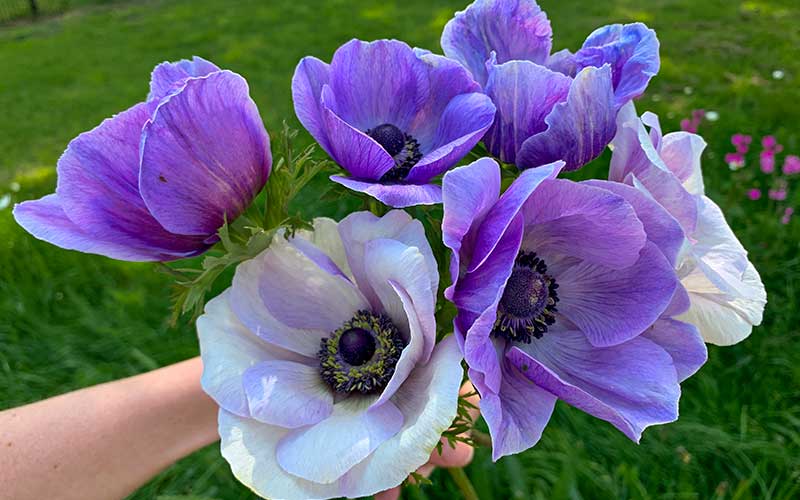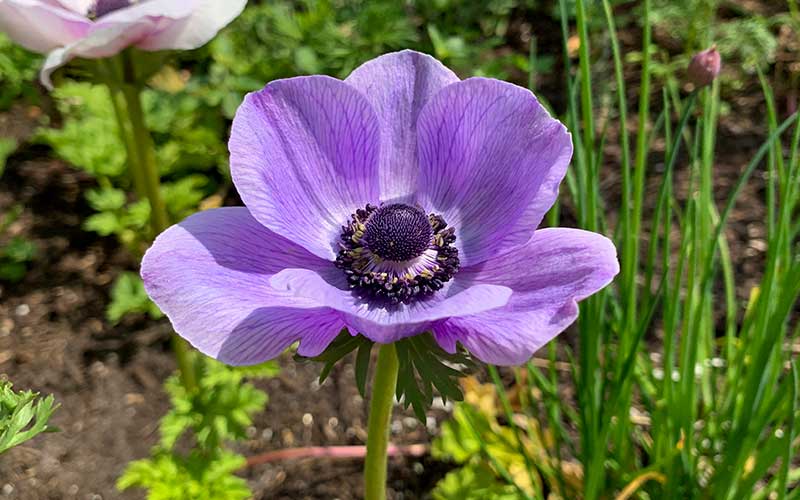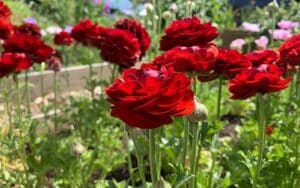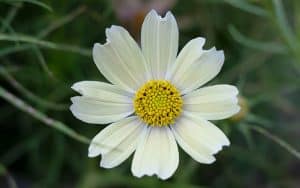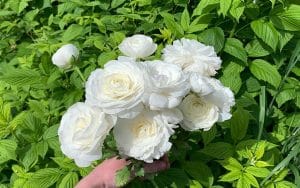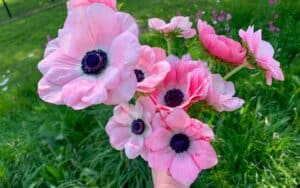Spring Anemone Very Peri pastel purple – 10 corms – Large size
€9.95
Ordered now, delivered tomorrow
Discount on all ranunculus and anemones, all combinations possible.
Buy 2 for € 10,62 each amd save 3%.
Buy 4 for € 10,18 each and save 7%.
Buy 8 for € 9,64 each and save 12%.
In stock
No plastic used to pack and ship
Customers rate The Farm Dream 4.9/5.0
In stock
Need help with something?
Get in touch with our customer support
Contact us now
Productinformation
Gorgeous Pastel Purple Anemones – A Floral Dream Come True
Imagine your garden adorned with the elegance of these exquisite pastel purple anemones! Growing them is easier than you think, and their beauty will grace your outdoor space from early to late spring, depending on your location and planting time. Each plant boasts subtly varying shades of deep blue, purple, and soft pastel as the flowers mature, eventually reaching the size of your hand.
The Inspiration Behind Our Flower’s Name
Inspired by the Pantone Color of the Year 2022, “Very Peri” (Pantone 17-3938), we’ve aptly named this flower variety “Very Peri Pastel Purple.” These Italian-designed anemones embody the essence of this captivating color trend.
A quick planting guide list:
Plant Type: Half-hardy annual or short-lived perennial
Height: 40 – 50 centimeters
Position: Full sun or partial shade
Planting Time: Early autumn and/or late winter
Bloom Time: 90-100 days post planting
Spacing: 20-25 centimeters between plants
Germination: Approximately 14 days at temperatures between 10-20°C
Pinching: No pinching is required for anemones
Pollinator-Friendly: Absolutely! These flowers are rich in pollen and easily accessible to pollinators.
Number of Corms per Pack: 10, Medium to Large Size
Number of Flowers per Plant: 10 – 15, depending on growing conditions
Includes a Comprehensive E-mail Growing Course
If you like to grow them together you can sign up for a free e-mail course. We will grow the anemones together with the ranunculus. You can sign up for September/October, January/February, or both.
How do you grow anemones?
You have two ideal planting windows for anemones:
- Autumn Planting (September/October): Suitable for mild-winter regions. In these areas, you can pre-sprout and directly plant in your garden. If temperatures drop below -6°C, protect your plants with horticultural fleece.
- Late Winter Planting (January/February): Ideal for cold, wet climates. Start your anemones using seed trays or P9 pots in a frost-free environment. Once germinated, relocate them to a well-lit area, such as a greenhouse, cold frame, or transparent container. By mid-March, transfer them outdoors for a stunning May or June display.
For optimal results, consider planting half of your anemones in autumn and the remainder later, aligning with your local climate.
Planting Tips:
- Space corms 15-20 cm apart in the garden, allowing 4 plants within a 75 cm width for flower beds.
- Avoid overcrowding pots; aim for one plant per 5 to 7 liters of compost.
- Soak dry corms in water for 6 hours before planting to rehydrate the bulb or nut
- Use potting soil mixed with perlite for improved drainage.
- Plant them this the pointy side down. If you are uncertain, plant them on their side
- Ensure proper soil drainage in your garden, especially if your soil is heavy and slow-draining.
- When plants outgrow their initial containers, transplant them into larger pots or the garden. They don’t like to be rootbound. That’s why we recommend the 40 or 28-cell deep seed trays.
Caring for Your Anemones:
- Protect plants with frost fleece if temperatures drop below -8°C.
- Trim frost-damaged flowers, allowing the plant to focus on new growth.
Harvesting Anemone Flowers and storing the bulbs:
- Wait until the blooms are developed and show color. The best moment to pick your anemones is when the flower has been opened once.
- Save corms or bulbs for the next season by removing wilted plants. If your soil is sandy, you can leave them in the ground to return in autumn. Easy does it!
Specifications
| Plant type | Half-hardy annual or short-lived perennial |
|---|---|
| Flower height | 40 cm, 50 cm |
| Sun requirements | Full sun to partial shade |
| Color | Purple |
Reviews
Spring Anemone Very Peri pastel purple – 10 corms – Large size
€9.95
Ordered now, delivered tomorrow
In stock
In stock
